
Any opinions expressed in this article belong to the author alone and do not necessarily represent the opinions of Singletracks.com.
Most of us are cheap when we start mountain biking, and for good reason. It seems foolish to drop thousands of dollars at once on a new hobby. It’s kind of like taking a first date to a Michelin-starred restaurant, and sending them home with a promise ring.
I haggled my way down to a whopping $140 for my first mountain bike. It was a yellow and black Schwinn Mesa that I found via Craigslist in 2012. I wanted something to ride to campus, and after my friend bought a hardtail, I thought my bike would be suitable enough to try mountain biking with him. It was, to a point. I upgraded the mushy and worn coil fork with a newer Suntour coil fork from Amazon, and put on new handlebars and grips, and pedals, and a saddle, sinking money into something that I had haggled down in the first place because I was cheap. The difference was, that it was on my terms.

The new fork I bought had at least 20mm more travel than the old fork and it raised the head tube, making straight-line descents more fun, and corners more predictable.
Eventually the bike reached a point where upgrades weren’t possible though, or weren’t worth trying. My old quick-release-equipped wheels with chrome skewers got hammered over rocks, and patching and replacing tubes became a regular occurrence on rides.
Tubeless tires weren’t really a big thing back then, but rear suspension would take the edge off. I had grown out of my motorcycle phase in life and was ready to sell my Yamaha R6. Looking at the prices of nice full-suspension mountain bikes, I didn’t know how else I’d get the cash, so I let my sport bike go for $3,000, paid some bills, and kept about a thousand for the new mountain bike. It was more than I’d ever imagined spending on something with two wheels that didn’t have a motor.
But, mountain biking was far more fun, for me at least. I had been in a motorcycle wreck in San Diego — on a sport bike I paid much more for — which turned my arm into one of those zig-zaggy Tetris pieces. After that, I told myself I was done with sport bikes; until I bought another one. The second time around the appeal quickly wore off after nearly being hit by cars on a regular basis.
The rush from mountain biking was the same in amplitude as riding my motorcycle, but much safer. The chances that we’ll all get injured one day on the trails are decent, but the chances that we’ll die from a mountain bike crash are much smaller.
“How was the ride?” asked my girlfriend at the time, who was even more shocked than me that I’d spent a grand on a mountain bike. “It was great. The rougher the trail is, the better it feels like it’s working.”
I loved my first full-suspension and it was my gateway into the bigger picture of mountain biking, not just once-a-week rides on Saturday morning. I rode it my first time in Moab down Porcupine Rim, and down Bootleg Canyon in Las Vegas, but it was the geometry and suspension design that helped me feel comfortable riding down rock gardens and wheeling off drops. Of course all that engineering also came with a price tag.

And, as I found out eventually, that price tag is calculated in a much different manner than with motorcycles. Take mountain bike apparel for example. The khaki cargo shorts I first wore on epics like Porcupine Rim, were later traded in for an affordable pair of Fox shorts. Sure, I lost some room in my trousers to stuff snack bags in, but I’m pretty sure the temperature inside my shorts dropped by 15°, and although back then I hated to admit that I cared the slightest about weight, I probably saved a half-pound by wearing mountain bike shorts instead of Old Navy khaki cargos.
Things seemed wilder when a few years later, I sold the thousand dollar mountain bike I had, and used the keepings for a down payment on a brand new mountain bike worth five times that. But, after several years, I knew I was hooked. Mountain biking had become such a big part of my life that my weekends were based around it, my vacations were based around it, and most of the friends that I spent time with were now mountain bikers. And, when you’re sold on riding mountain bikes, then you’re sold on having a nice bike too. What seems crazy to onlookers, doesn’t seem crazy to you, because it’s your life.
I also noticed something huge about the bike that I paid thousands of dollars for: It took close to two years before I needed to replace anything on it. Whereas, on my previous full-suspension, I had replaced far too many components that were stock, or cheap upgrades that broke — like the used carbon wheels I paid a third of their original price for, without thinking that I’d need a warranty.
In the mountain bike industry, like the study mentioned here lays out, when customers pay more for something, they associate the product with having a higher quality. Take the Peloton indoor bike for example. The brand tacked on an extra thousand dollars onto the machine, and it started selling even better, because people thought it was a better bike.
For the most part, more expensive mountain bikes and parts work differently. That isn’t to say that the top shelf brake in your favorite brand’s lineup isn’t more expensive just because of the color or finish, because sometimes that is part of it.
But, most mountain bike enthusiasts know what they’re paying for, compared to say a Peloton consumer. Or at the very least, we’re more demanding. We follow our brands closely enough that if one were to add an extra thousand dollars onto a bike just because, we’d write them off for life. But, If you’ve never heard the phrase, “You could buy a motorcycle for that price,” then just read the comments on one of our most recent bike review shares on Facebook. Mountain bikers demand that the newest bikes be light, strong, highly capable, and inexpensive, which are often incompatible to a degree. And that’s why I think that it’s well worth it to spend more than $4,000 on a mountain bike if you’re someone who rides several times a week.
Sure, you could buy a motorcycle at that price, but that’s apples to oranges. How much do you value a motorcycle and what that experience entails, versus a mountain bike? I also know what the difference feels like in a $3,000 motorcycle versus a $10,000 motorcycle, and it’s pretty huge.
The question then becomes, is it worth it to you? Is it worth it to pay more for something that is more likely to hold up over time, more likely to enhance your experience and allow you to progress as a rider, for a bike that has probably seen more research and development time? It’s fine if the answer is no.
What I’ve realized though, now that I’m nearing a decade of mountain biking, is that as the sport grows in value to me, I’m willing to invest more of my money and time into it, and I haven’t been disappointed enough in my return to go back to paying less.


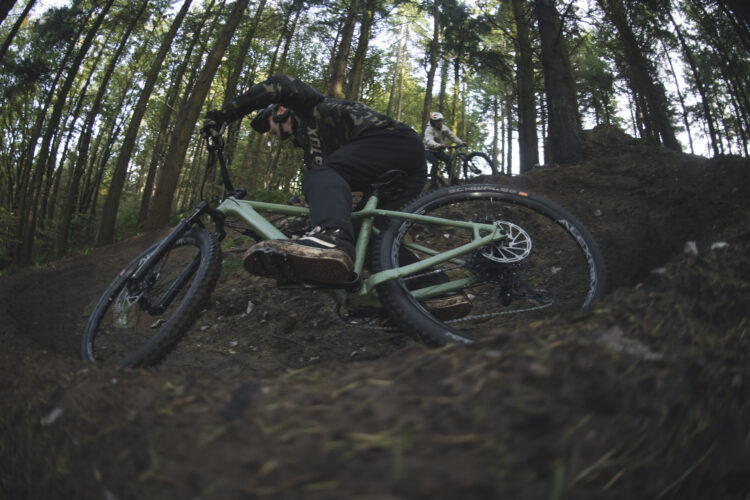
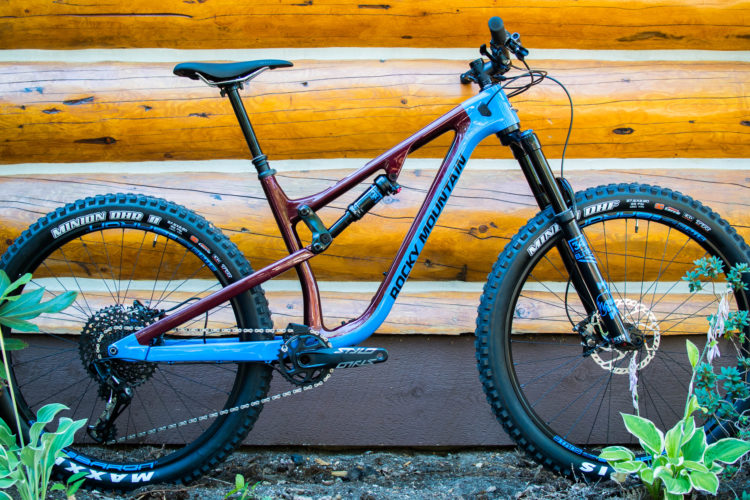

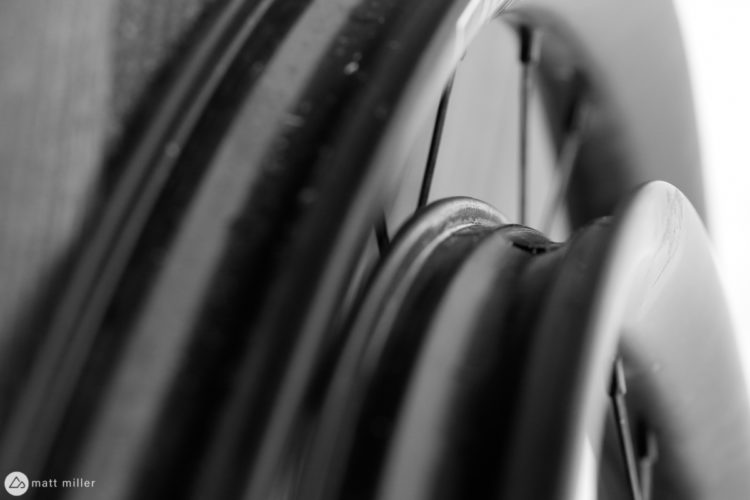

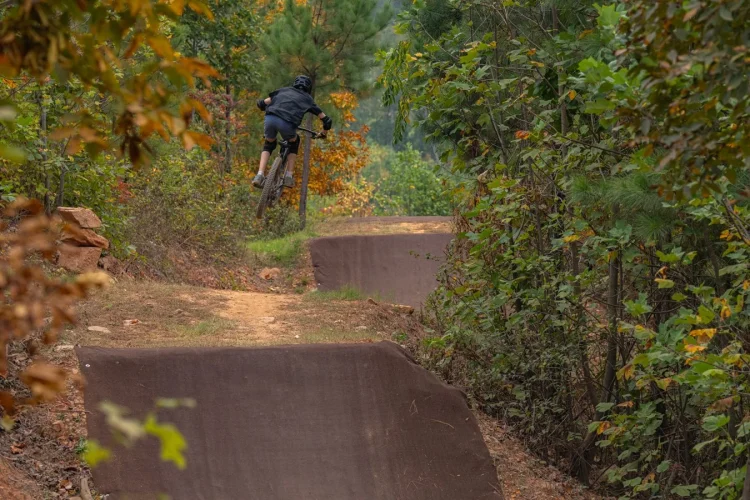
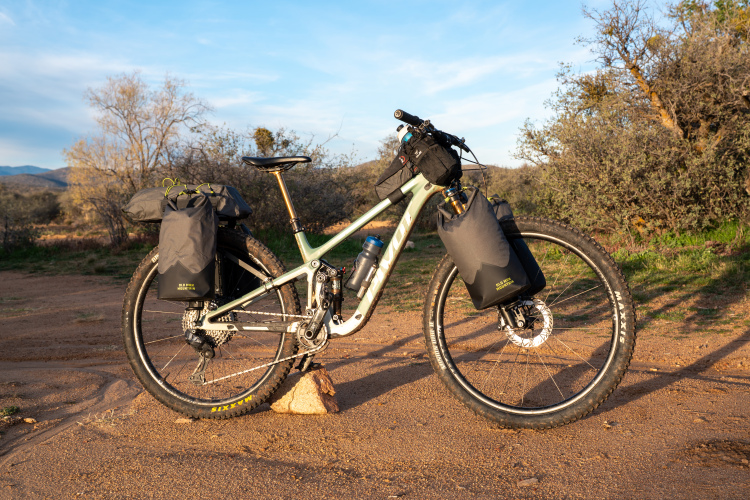


8 Comments
Jul 24, 2020
I have not paid over $2000 on any bike I’ve had and only 2 of those where over $1000. I prefer to build mine, because I don’t care for what comes stock on them. My last build is my now YetiSB66 which was my initial dream bike. It’s setup with what I like, Cane Creek DB Air in the rear and Fox 36 up front, solid wheels and drivetrain. I ride it everywhere and can do and have all The fun that I like.
Granted I had to be patient and wait, however it was worth it. Would I pay upwards of what you were mentioning? Nope, I’d just wait again if I wanted to do another build. I have an excellent quality bike and have paid a fraction of what people drop on bikes.
As much as I ride and love it, I have better things to spend that much money on.
Jul 23, 2020
Jul 25, 2020
so whats it gonna be... A 5010 Carbon? or 10 year old Sporty?
hmmm...
Jul 20, 2020
Jul 21, 2020
Jul 20, 2020
Jul 21, 2020
Jul 23, 2020